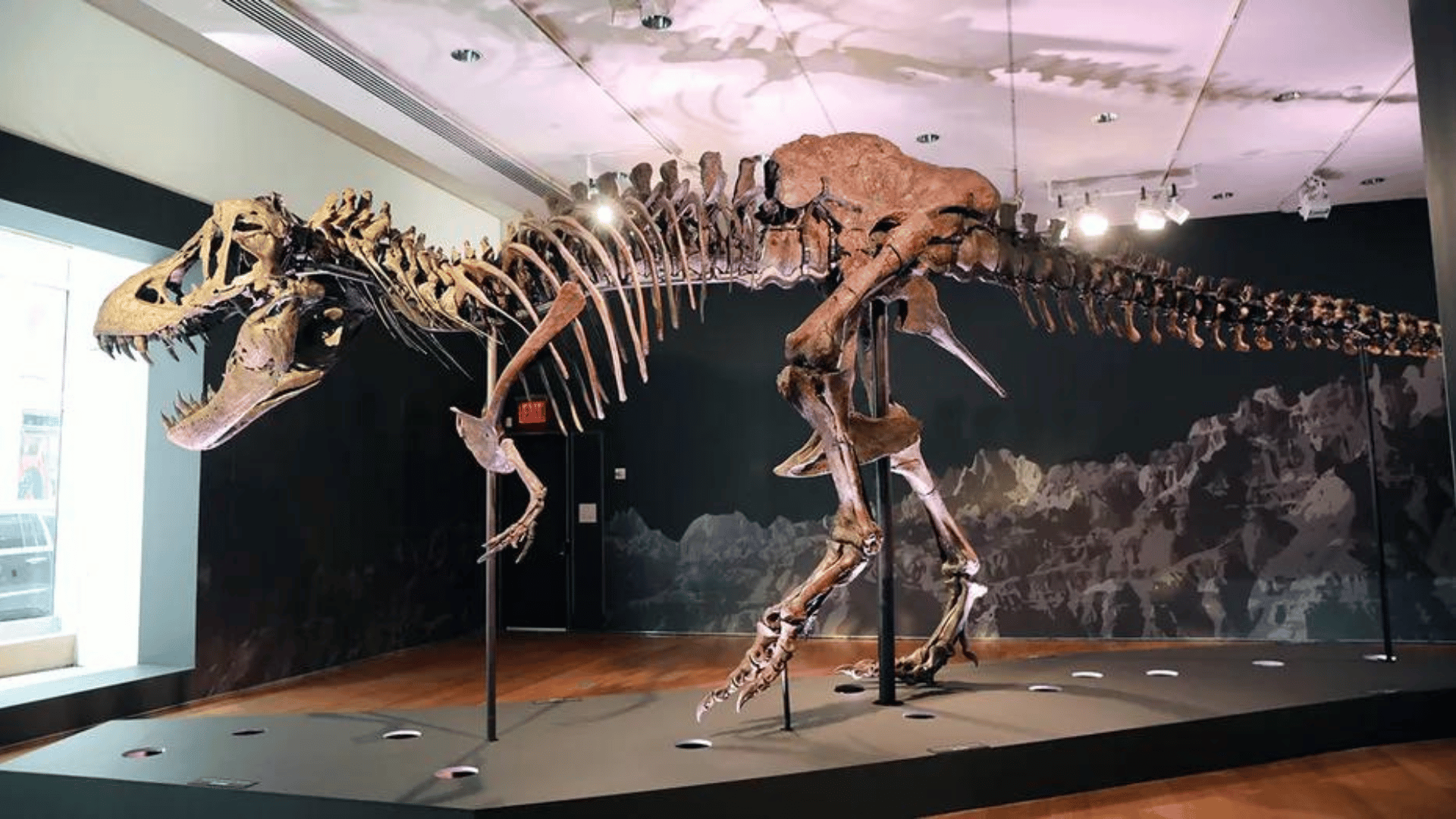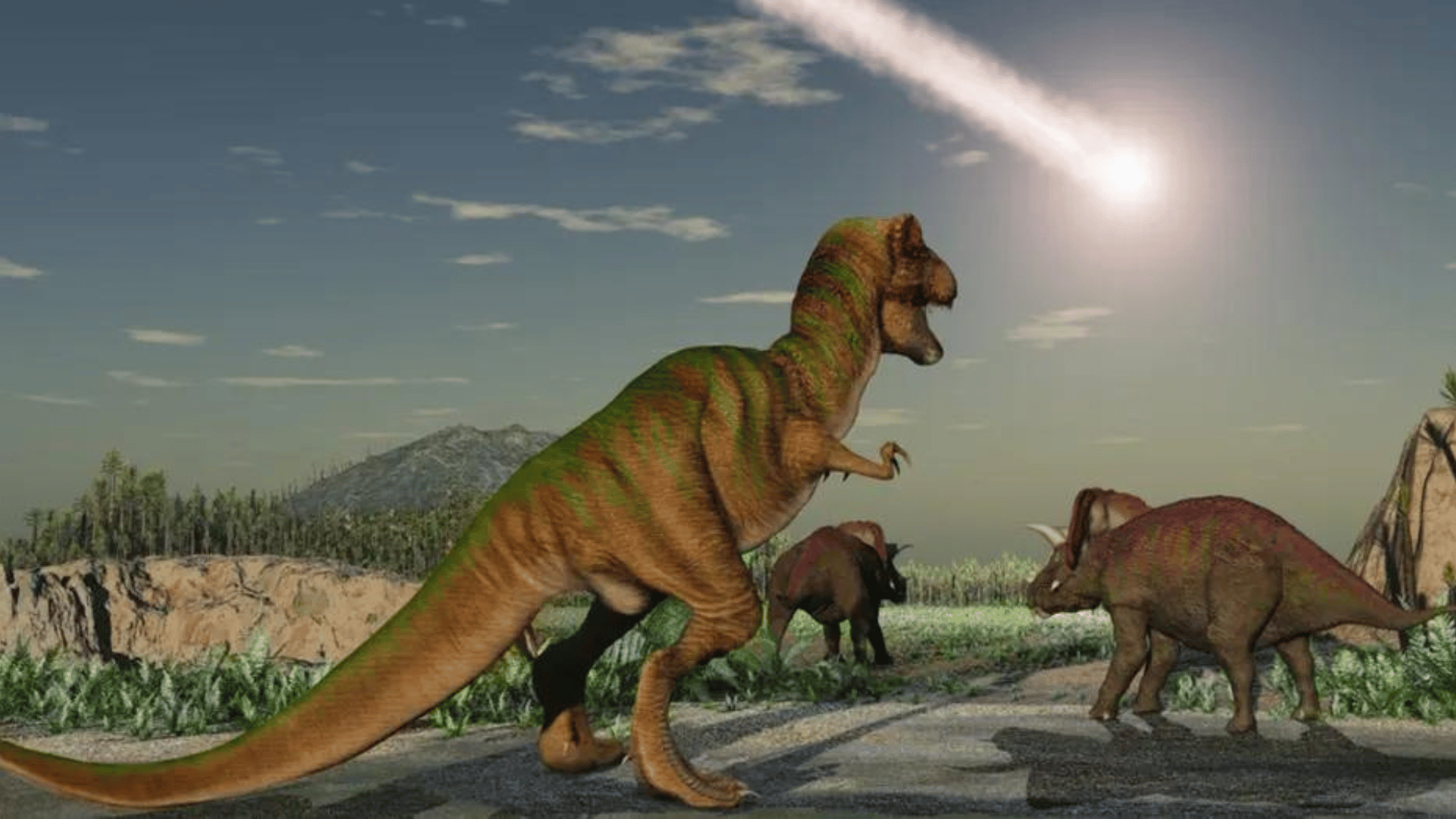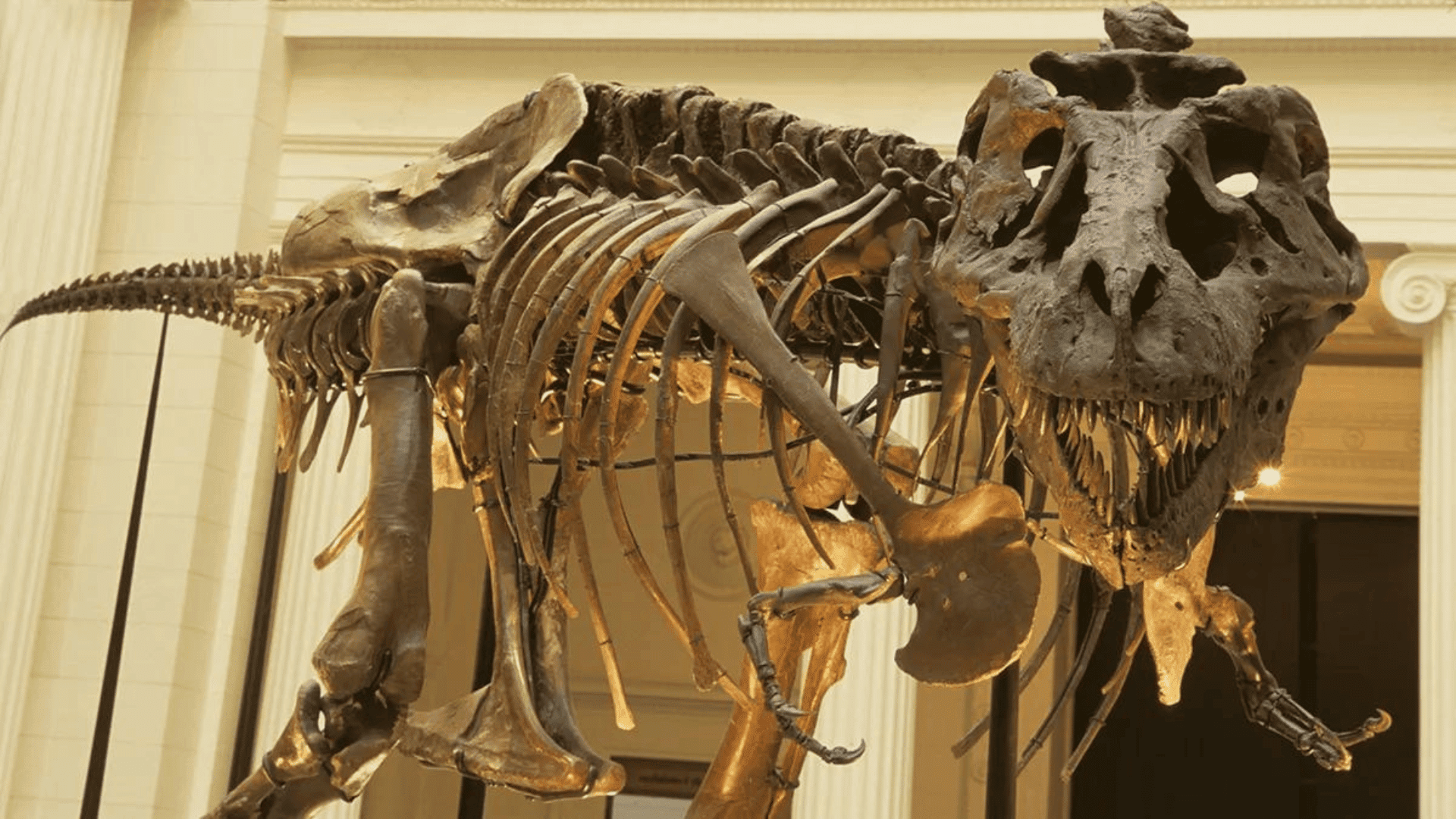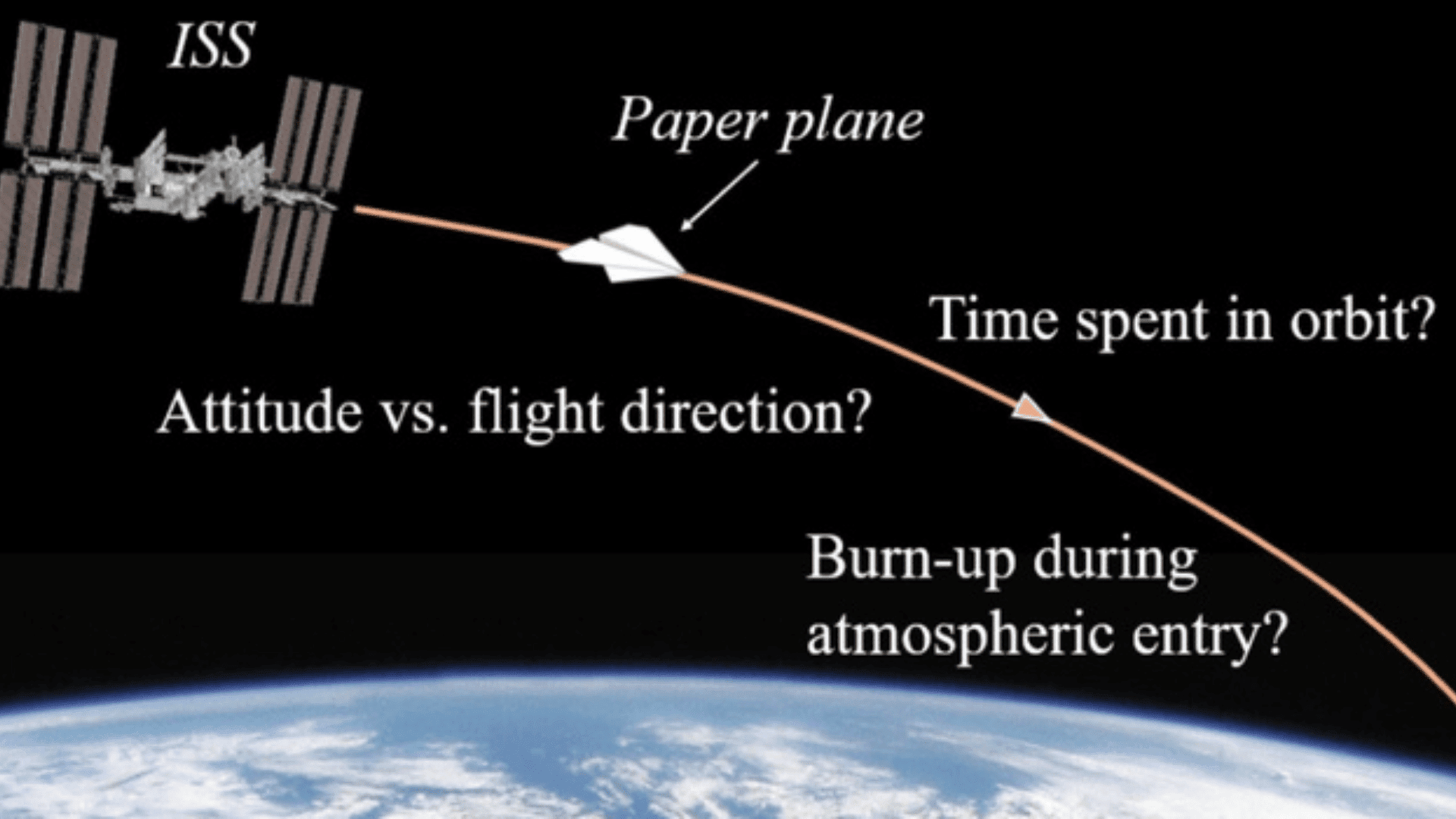Researchers from the University of Bath and the University of Chicago recently examined fossils of small T-rexes and concluded that what we once thought to be younger versions of the T-rex is actually a distinct species.

The study researched the growth rings of young T-rex fossils and found evidence that bone growth rates were slowing. This indicates that the Nanotyrannus versions of the famous dinosaurs were likely almost full-size.
“If they were young T. rex they should be growing like crazy, putting on hundreds of kilograms a year, but we’re not seeing that,” Dr. Nick Longrich, co-author of the study, said in a report published by New Atlas. “We tried modeling the data in a lot of different ways and we kept getting low growth rates.”

These results contradict a 2020 study by researchers at Oklahoma State University. This study concluded that, at the time of the death, the small T-rexes were likely only 13 to 15 years old.
The new study, however, modeled the potential growth rate of the smaller T-rex bones. This process estimated that they would have grown to a maximum of between 1,984 and 3,307 pounds, which is only about 15% of the size of an adult T. rex.
Researchers also found that Nanotyrannus fossils had over 150 characteristics that were distinct from their Tyrannosaurus counterparts, including narrower snouts and longer arms.
“The arms are actually longer than those of T. rex,” Longrich said. “Even the biggest T. rex, has shorter arms and smaller claws than in these little Nanotyrannus. This was an animal where the arms were actually pretty formidable weapons. It’s really just a completely different animal – small, fast, agile. T. rex relied on size and strength, but this animal relied on speed.”

There has also been a lack of discoveries of fossils that share features from both the Nanotyrannus and Tyrannosaurus. If they were the same species, they should begin to blend features as the smaller version aged.
Though the new study hasn’t convinced all scientists that the smaller fossils belong to a distinct species, it has piqued the interest of many scientists including College of Charleston scientist and self-described “dino-maniac” Scott Persons who said the results should serve to broaden the debate.
“This new paper will not resolve the debate, but I am optimistic that this paper will shake things up a great deal,” Persons said.







